|
Posted By Staff Reporter
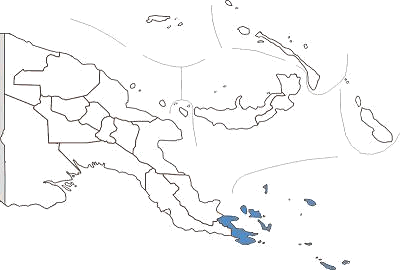 Milne Bay Province takes in the land at the extreme eastern end of Papua New Guinea together with seven groups of islands, the Trobriand, Woodlark, Laughlan, Louisiade Archipelago, the Conflict Group, the Samarai Group and the D'Entrecasteaux Group. The names come from a variety of explorers from as early as 1660 when D'Entrecasteaux sailed through and left his name behind. Over the years, missionaries, miners, and traders in pearls, scientists and Japanese and American warships have visited Milne Bay Province. During the war Milne Bay became a huge naval base through which hundreds of thousands of servicemen passed. Today thousands of tourists arrive to enjoy diving around the wreckage left behind from the war. There are 160 named islands and 500 cays and atolls scattered over 250,000 square kilometres of ocean. In many parts of Milne Bay, the reefs are characterised by dramatic drop-offs, clefts and overhangs. The most comfortable way to enjoy Milne Bay diving is aboard one of the liveaboard dive boats based out of Alotau, the provincial headquarters. The 60 foot MV "Chertan,' can comfortably accommodate up to 14 divers. Built in 1992, it is equipped with the latest electronic equipment, video and stereo systems. The MV "Telita" was Papua New Guinea's first live-aboard dive boat and was designed specifically as a live-aboard diving vessel. It has five twinberth abins; sophisticated electronic equipment, a bar, video, stereo, a well equipped library and a charging console for photographers. Alotau, spectacularly sited on the edge of Milne Bay is a good base for visiting the outlying islands. Fergusson Island has an active thermal region, hot springs, bubbling mud pools, spouting geysers and volcanoes. Misima Island was the scene of a 1930's gold rush from which a major mine has now been developed. Woodlark Island is populated by people of Melanesian ancestry. The islanders are renowned for their expertly crafted wood carvings. One of the best locations to enjoy the charms of the friendly and peace loving Milne Bay people is the Trobriand Islands. Their unique social system is dominated by hereditary chieftains who continue to wield tremendous power and influence, although inheritances and lines of power are passed through the female side of the family. From June - August the Milamala yam harvest festival is held. The Milamala starts with a procession of men carrying the newly harvested yams from the garden storage hut to the village yam houses while the women ahead sing and dance. During the festival time, traditional rites are observed, It was from Malinowski's anthropological studies of the customs and sexual practices during this time that The Trobriand's became known as "The Islands of Love". The Trobriand Islanders will offer for sale their beautifully carved walking sticks, figurines, fish and turtle-shaped bowls made from local timbers including the much sought after ebony. Fresh water caves are found all over Kiriwina Island, Near Matawa Village there are several deep limestone caves housing burial antiquities and skeletal remains. At Wawela there is a beautiful curving beach on a cool, deep lagoon. The village children fishing from their outrigger canoes are happy to give visitors a ride out to the reef to enjoy snorkelling. Visitors should bring their own snorkel or dive gear to Kiriwina as availability at the lodges is not constant. 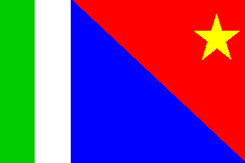 Milne Bay Province General Information Administration Provincial headquarters: Alotau Number of districts: 4 - Number of LLGs: 16 Number of wards: 394 About Milne Bay Milne Bay Province covers the southern tip of Papua New Guinea's mainland, from the end of the Owen Stanley Ranges to the coastal plains, as well as many small and large island groups in the Coral and Solomon Seas. While people near Alotau and in the Trobriand Islands can earn moderate incomes from fish, food and betel nut, the rest of the province earns low incomes. Oil palm provides some income, however, the closure of Misima Goldmine has reduced incomeearning opportunities. Good roads service the provincial capital of Alotau and run to North and East Capes as well as inland, however, areas on the southern and northern coasts of the mainland remain quite isolated. The islands rely predominantly on dinghy and canoe transport and some commercial and passenger shipping. Only Kiriwina Island has serviceable roads. Over a day’s travel is needed from the more remote islands to reach a service centre. |
AboutOn this page, we provide all the details of the each provinces in PNG. We welcome your critic and contributions. |
- Home
- News
- Business News
- Economy News
- Sports News
- International News
- Corruption News
- Mining Watch
- Jobs
- Education News
- Scholarships
- Health News
- Bzzmart Online Shopping Platform
- Pacific
- Used Cars
- Buy or Rent Homes
-
Travel
- City of Port Moresby
- Adventure and Destination
- Hotels & Lodges in PNG
- Hotels & Lodges in Mendi, Southern Highlands Province
- Hotels & Lodges in Lorengau, Manus Province
- Hotels in Oro Province
- Hotels and Lodges in ESP
- Hotels & Lodges in Kavieng
- Hotels and lodges in Kimbe
- PNG Photo Gallery
- Map of Papua New Guinea
- PNG
-
Computer Tech
- Tech Help
-
Top Weebly designed Websites
>
- HOW TO RECOVER FILES WITH SHORT CUTS OR HIDDEN IN FLASH DRIVE OR EXTERNAL HARD DRIVE
- How to remove Stubborn Computer Virus
- Creating Login or Sign in Membership page in Weebly sites
- How to auto insert Table of Content in Word
- Top Weebly Website Examples and Portfolio
- Weebly Membership Sign in feature available
- Send Free SMS in PNG
- Radio Stations
- Television stations >
- PNG Information Directory
- Computer Resources
- Classifieds
- About us
- Contact Us
- Competition
- Advertisement
- Privacy Policy
- SP PNG Hunters News
- Weebly Forums
- National Football Stadium, Port Moresby
- Work Permits and VISAs in PNG : Guide
- Seasonal Workers Program for PNG
- List Your Business on PNGFacts.com
- Twodot Business Solutions
- Become a Sponsor
- Mt Giluwe Lodge
- Papua New Guinea Defence Force
- Political parties in PNG
- NID PNG
- Employment VISA in PNG
- Business VISA
- Visitor VISA
- Police Clearance in Solomon Islands
- PNG Electoral Commission
- PNG Election Results
|
Search Papua New Guinea Database >>
|
|
|
|
|
Home: PNG News :Travel : Government System: Computer Tech : About us: Contact : Disclaimer : Sitemap : Login Copyright & Disclaimer © 2012 -2023 PNG Facts: All rights reserved:
|
Website developed by Kilikalo Technology & Business Solutions Ltd
About |
Terms |
|
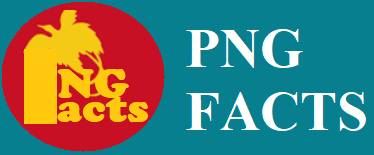
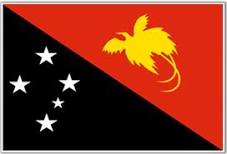
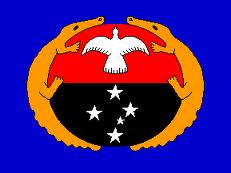
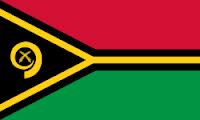
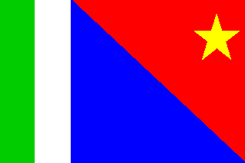
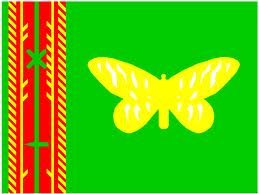

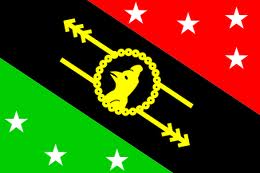
 RSS Feed
RSS Feed